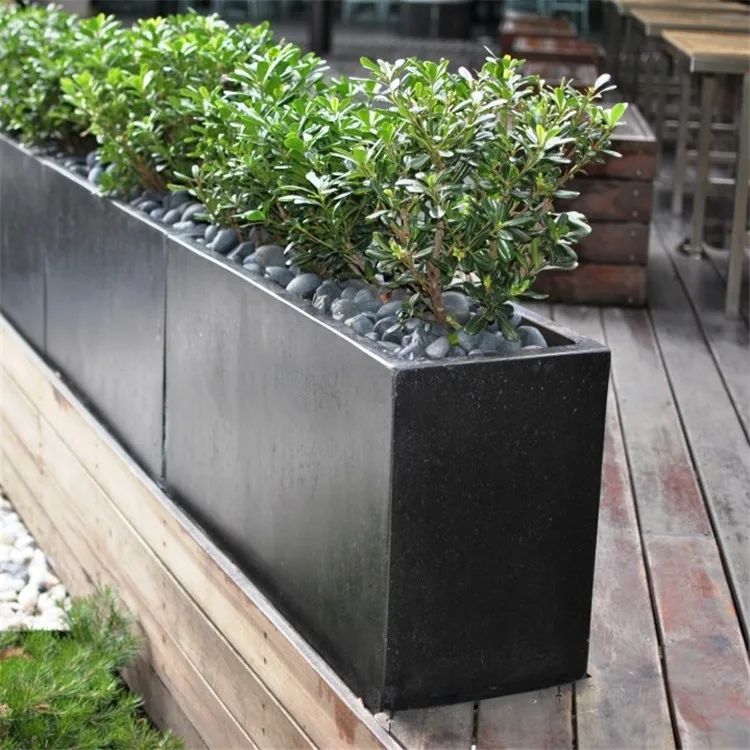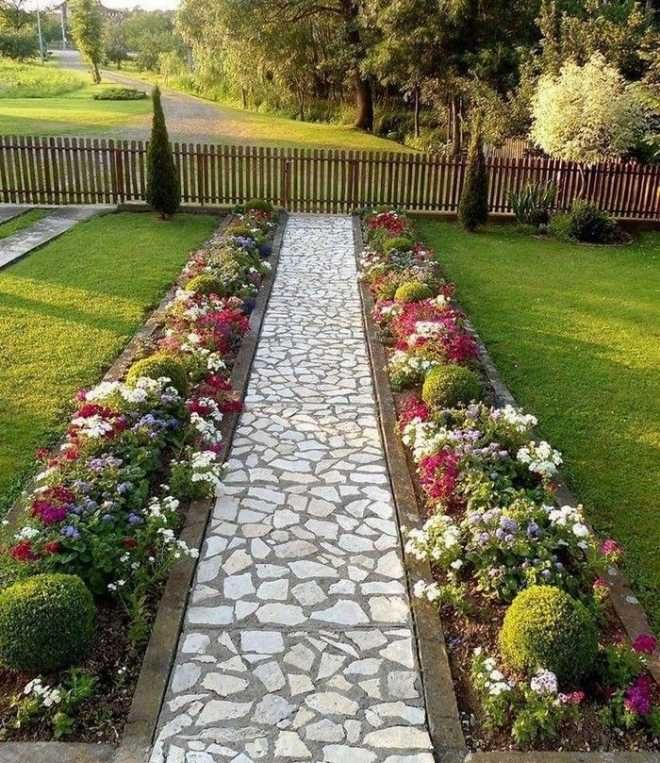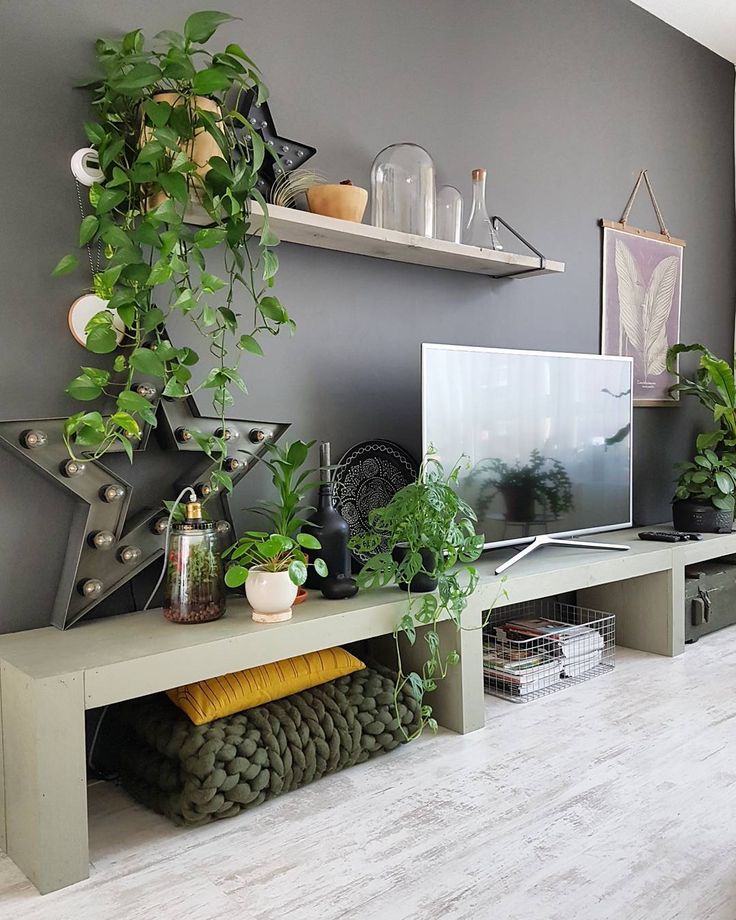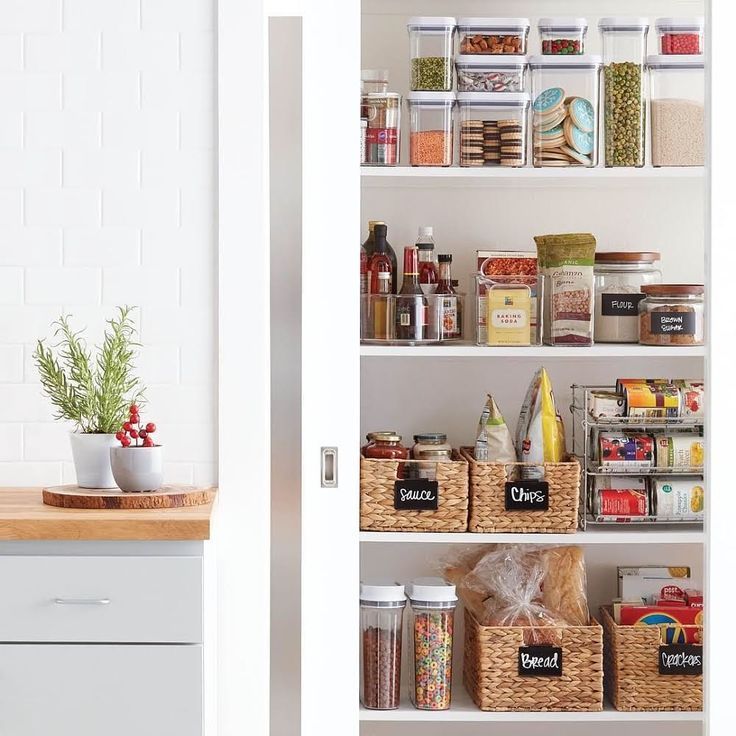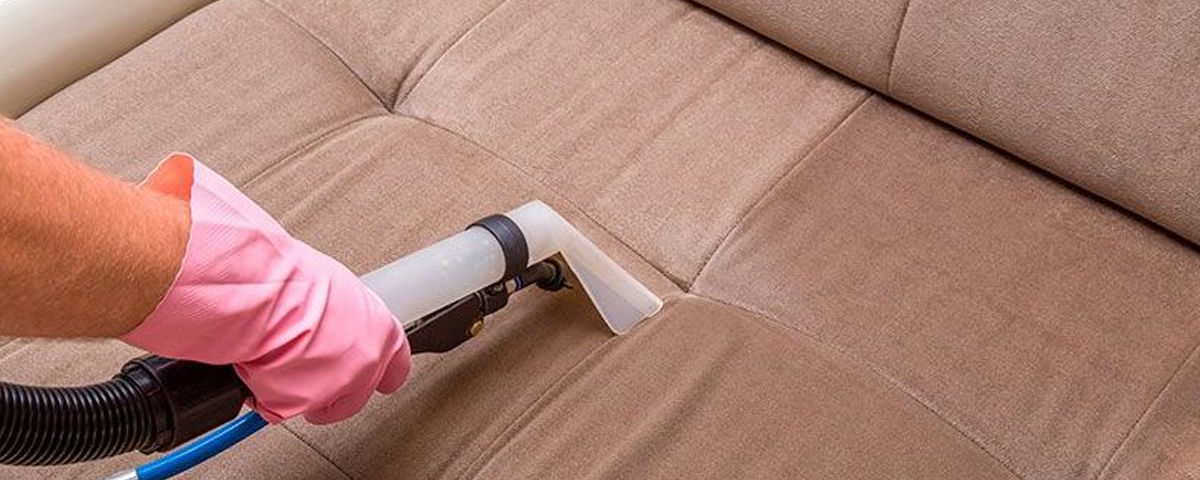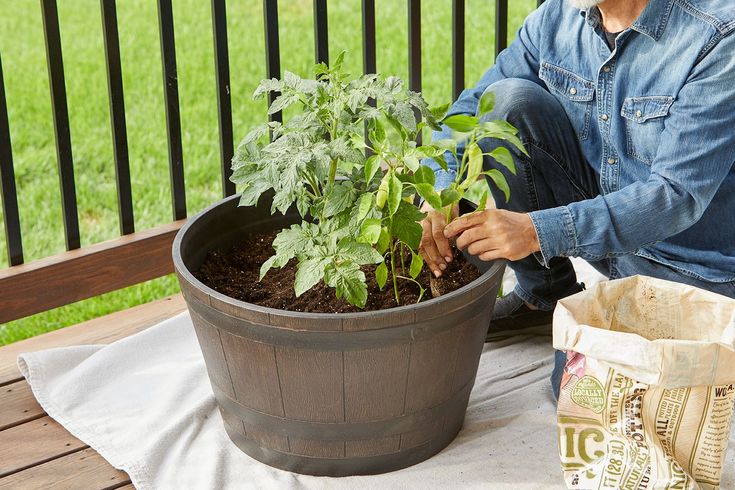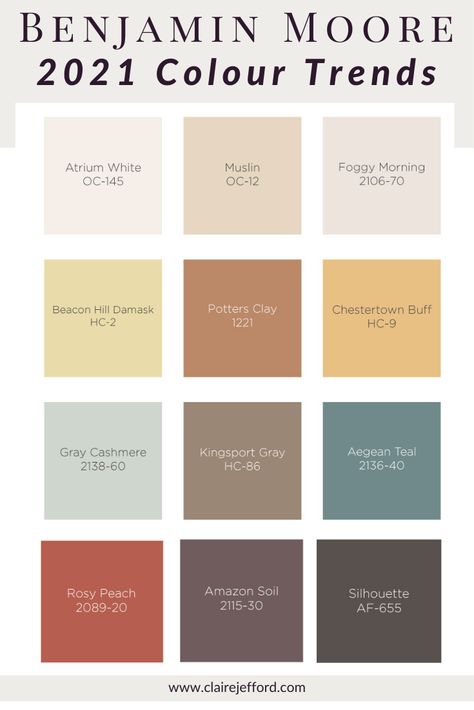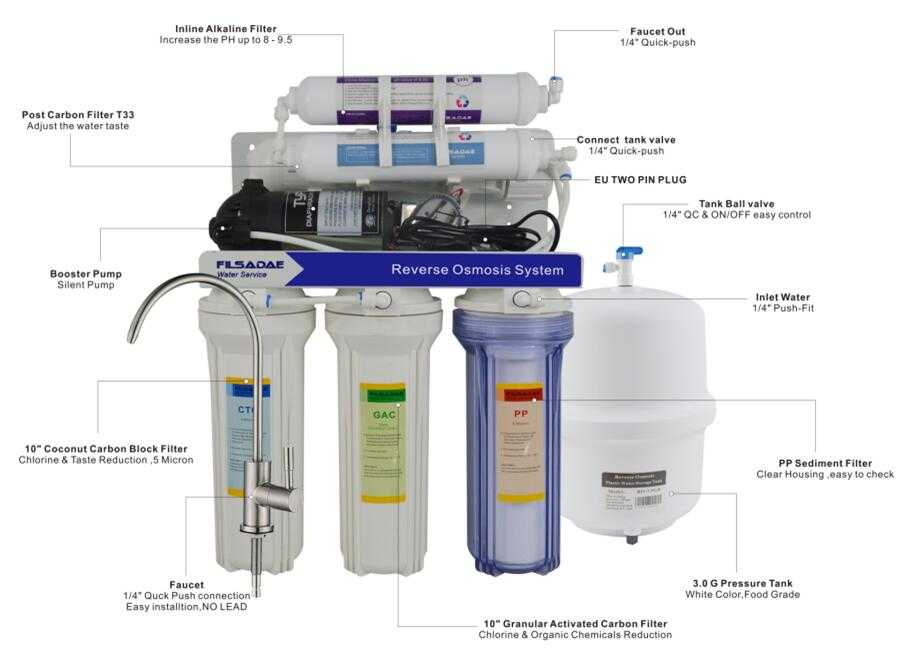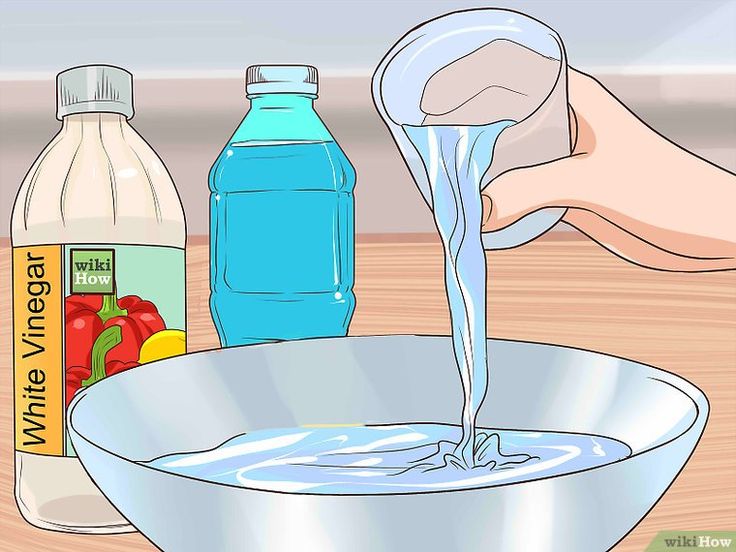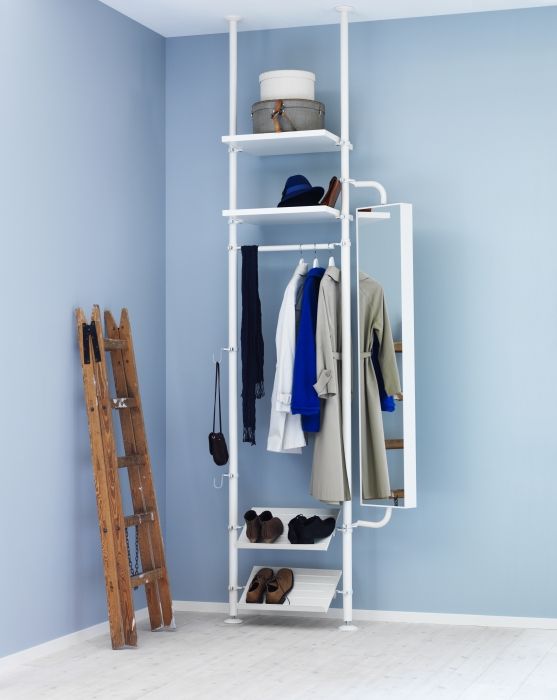Planter box plant ideas
10 ways to create spectacular displays |
If you are seeking stylish planter box ideas to give your yard a lift, then look no further. Choosing stylish containers, pairing plants and pots effectively, and locating them for maximum effect can transform your outside space.
When it comes to choosing the perfect planter to realize your container gardening ideas, there are plenty of materials, shapes and sizes to choose from. And brave and bold planting choices will immediately draw the eye and make an impact.
Whether you are after a window box bursting with seasonal blooms or a majestic large-scale container with small tree, your choice will contribute hugely to your property’s appeal.
Planter box ideas
Planters are ideal when you’re looking for small garden ideas or if you have a larger backyard. Place in pairs either side of the front entrance, line up along the walkway or poolside or plant up a standout design to bring seasonal interest to your porch.
Use them for flowers, foliage, or trees, or opt for herb planter ideas so you can bring your herb garden ideas to life, taking inspiration from the planter box ideas we’ve put together here.
1. Introduce rhythm and interest with planter boxes
(Image credit: Authentic Provence)
If you want your planter box ideas to create a true spectacle, line them up along a terrace or at the poolside and intersperse them with topiary. Choosing a striking shape and color and pairing them with dark leaved evergreens makes them an eye-catching feature.
Wooden planter boxes add a formal note and have a rich heritage, as Sarah Casey from Authentic Provence explains. ‘The handmade Authentic Provence Versailles garden planter is an exact re-edition of the French planter boxes from the 17th century as seen throughout the gardens at the Château de Versailles. Traditionally, citrus trees are planted within these vessels. Our Versailles planters have removable wood panels in order to easily extract the citrus tree, or care for its roots.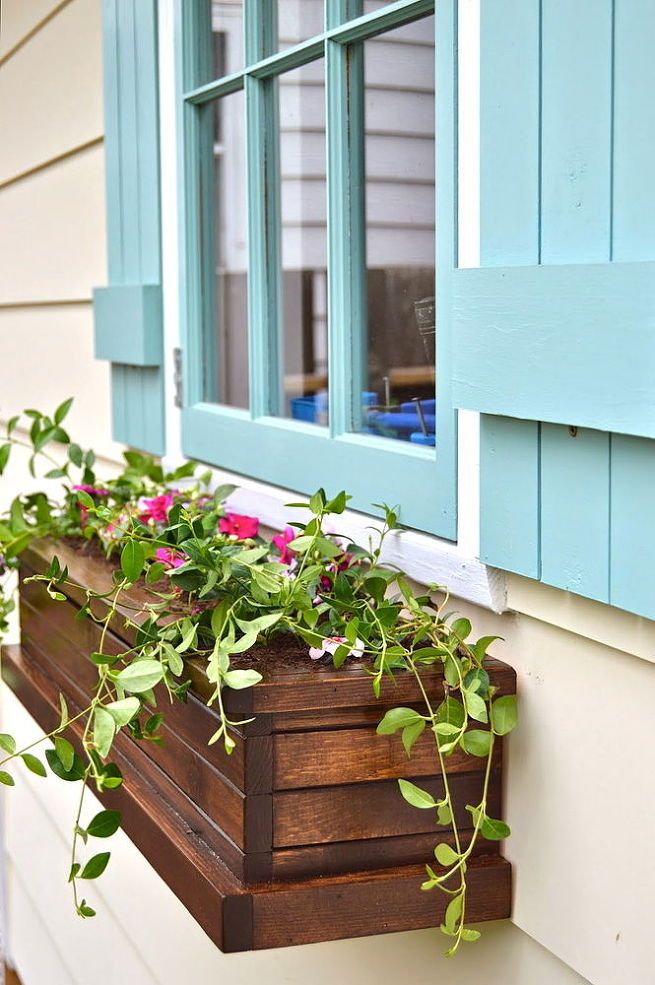 ’
’
2. Go for circular planter boxes
(Image credit: Jo Alderson Design)
Elegant and ideal for planting trees and sprawling blooms, circular planters add instant grace to any outdoor space. Besides adding a sense of movement and gentle lines to a design, they also contrast beautifully with square and rectangular paving, rills, walls and fencing.
Pepper a space with two or three large scale circular planters – as shown in this design by Jo Alderson – to encourage guests to wind their way between them and explore the space beyond. Plant them with an ornamental tree and they will cast a delicate dappled shade beneath them, creating the perfect place to sit out of the sun.
Jo Alderson explains, ‘Being mature these trees did the job instantly and are one of the main architectural features of the garden. These trees weigh well over a ton each so specialists were employed to use tele handlers to place them. Each tree is guyed using tensile steel wires beneath the ground and planted in organic compost with a timed irrigation system. ’
’
3. Brighten up railings and balconies
(Image credit: Elho)
Make the most of flower power with balcony garden ideas like this bridge-style planter. Designed to slot over the handrail it can become home to cheery annuals for a seasonal display, trailing vines and or even herbs and homegrown crops. Place at regular intervals for a smart symmetrical look or maximize the effect by nudging them up right next to each other.
The team at Dutch sustainable flowerpot company Elho say, ‘The flower bridge model offers a simple way to create a sea of flourishing plants that disguises urban surroundings, as they are suitable for almost any balcony, easily slotting on to a variety of railings up to 2.6 inches (6.5cm) wide. Each of these pots has a large growing space allowing plant roots plenty of room to grow.’
4. Style up a corner with planters
(Image credit: A Place in the Garden)
Want to add some leafy interest to an empty corner of your yard? Then planter box ideas are the answer.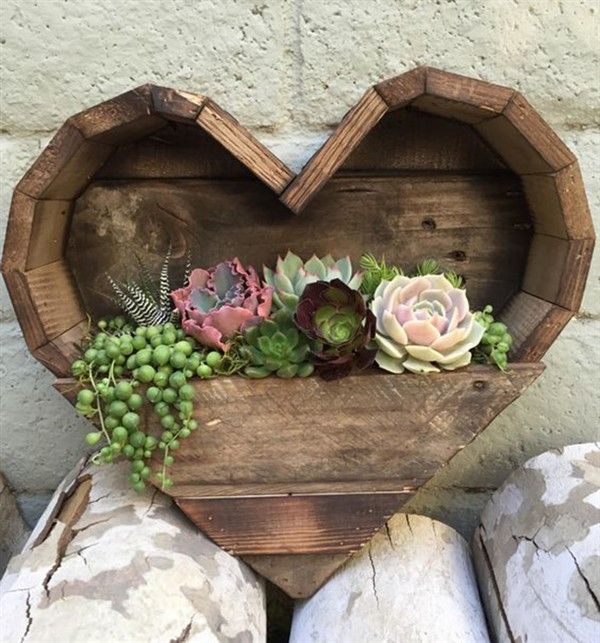 Not only can you group and position them to make the most of your available space, but you can also tailor the planting to suit your style and your yard’s aspect. Many designs come in a range of sizes and heights, so why not opt for a trio to create a smart and cohesive display at slightly different levels?
Not only can you group and position them to make the most of your available space, but you can also tailor the planting to suit your style and your yard’s aspect. Many designs come in a range of sizes and heights, so why not opt for a trio to create a smart and cohesive display at slightly different levels?
Add a touch of variety by mixing in a few containers of contrasting shape or size but do stick to the same finish or material for a smart, co-ordinated display.
When it comes to choosing plants, decide on how bold and colouful you wish the result to be. A mix of clipped evergreens and slender deciduous trees – such as these white stemmed birch trees – create a timeless feel that also reflects the change in seasons, but tropical garden ideas using cannas, fatsia and palms would suit warmer climes or try sculptural drought lovers such as agaves, manzanita, cactus and lantana.
5. Go big with Corten steel planters
(Image credit: Adezz)
Bold and beautiful, large scale weathered steel planters make a striking statement either side of a walkway or in the middle of a border.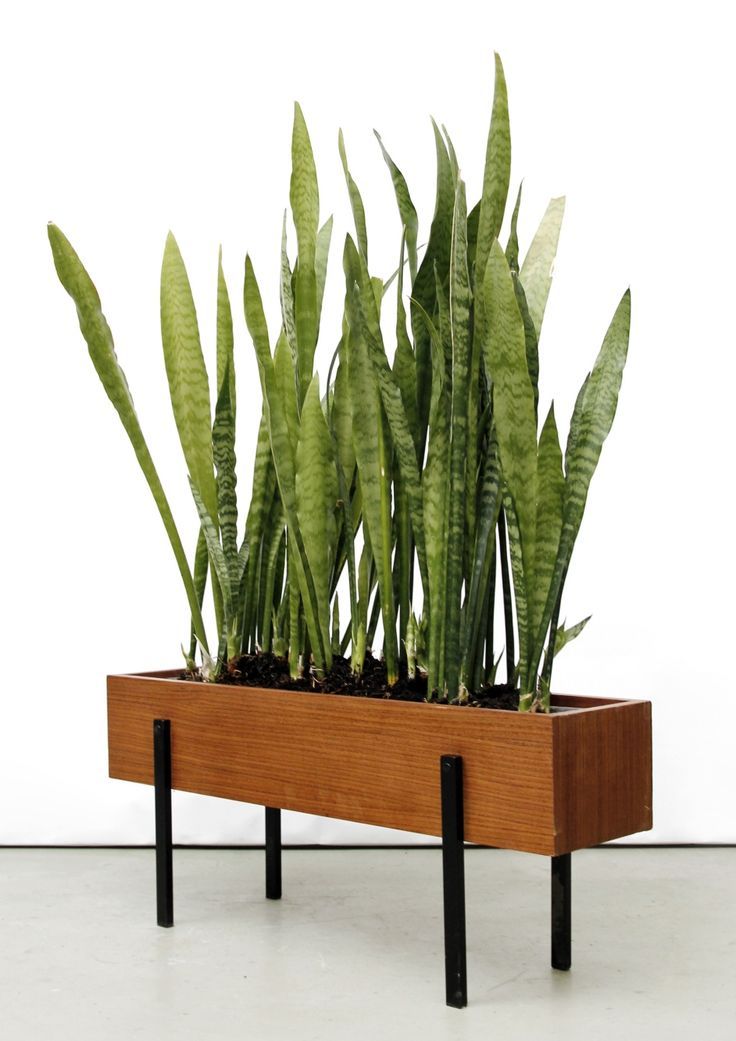 With their rich rusted surface that develops and intensifies with age, they make the perfect foil for lush foliage and textured grasses. Substantial in size with circular, square and rectangular shapes all on offer, they are perfect for showcasing trees for small gardens, ornamental grasses and low growing evergreens such as carex, brunnera and Coral Bells (heuchera).
With their rich rusted surface that develops and intensifies with age, they make the perfect foil for lush foliage and textured grasses. Substantial in size with circular, square and rectangular shapes all on offer, they are perfect for showcasing trees for small gardens, ornamental grasses and low growing evergreens such as carex, brunnera and Coral Bells (heuchera).
6. Choose a planter for the perfect growing conditions
(Image credit: iBulb)
Planter boxes provide portable and versatile growing opportunities. Not only can they be repositioned – with the caveat that some may take more effort and ingenuity to move than others – but the soil and drainage can be tailored to suit the plant you wish to grow.
Water-loving Calla or Arum lilies thrive in cool, moist compost and like to have their heads in full sun, so raising them in a pot is the perfect way to meet their complex needs. Likewise, if the soil in your yard tends to be acidic or clay based it will make growing some plants such as lavender, Euonymus and lilac almost impossible.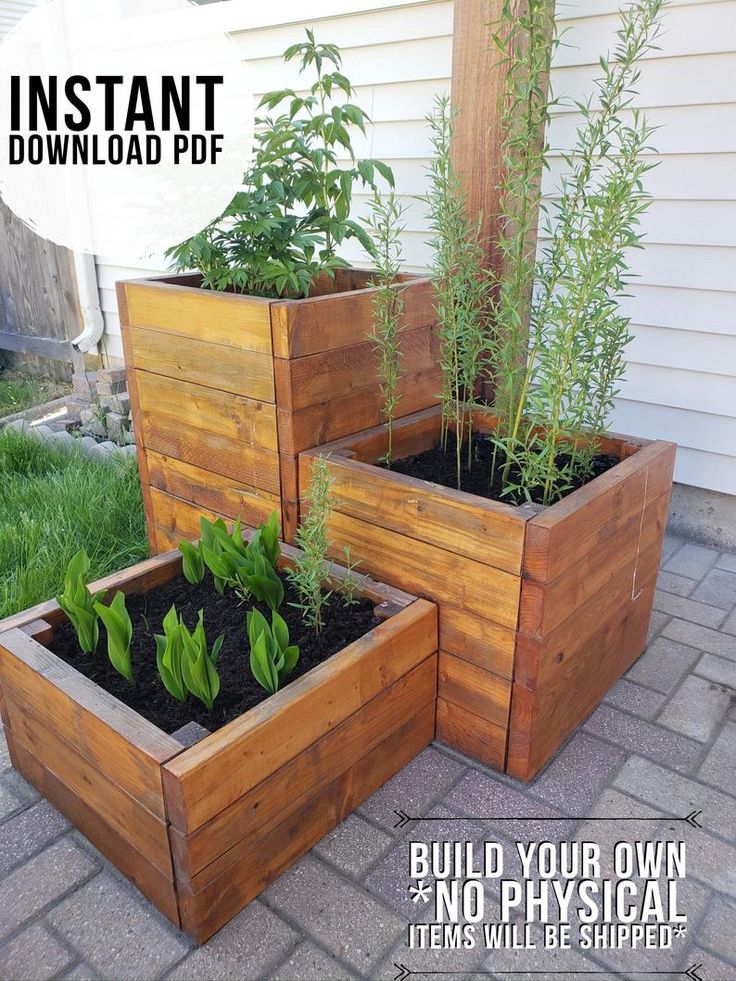 Naturally lime loving, these striking and fragrant plants could be among your planter box ideas instead as you can go for an alkaline soil mix.
Naturally lime loving, these striking and fragrant plants could be among your planter box ideas instead as you can go for an alkaline soil mix.
Planters also enable you to make the most of the different aspects of your garden. Cool shady spots are ideally suited to growing ferns, foam flower (Tiarella) and hostas.
7. Plant up a wild and wistful display
The Rectangular Metal Planter, Architectural Heritage
(Image credit: Architectural Heritage)
There’s something magical about a large-scale industrial-style planter teamed with a mass of airy and delicate blooms. The contrast of textures is enchanting and whether the container is made of concrete or sheet metal it’s sure to highlight the intricacy of the tiny flowers.
Go for as big a design as your yard will accommodate and fill with four or five plant varieties to create look of a wild grassland or prairie. A long, rectangular planter such as this antique copper design is ideal for edging a terrace or subtly dividing up a vast patio or courtyard into smaller, more intimate spaces.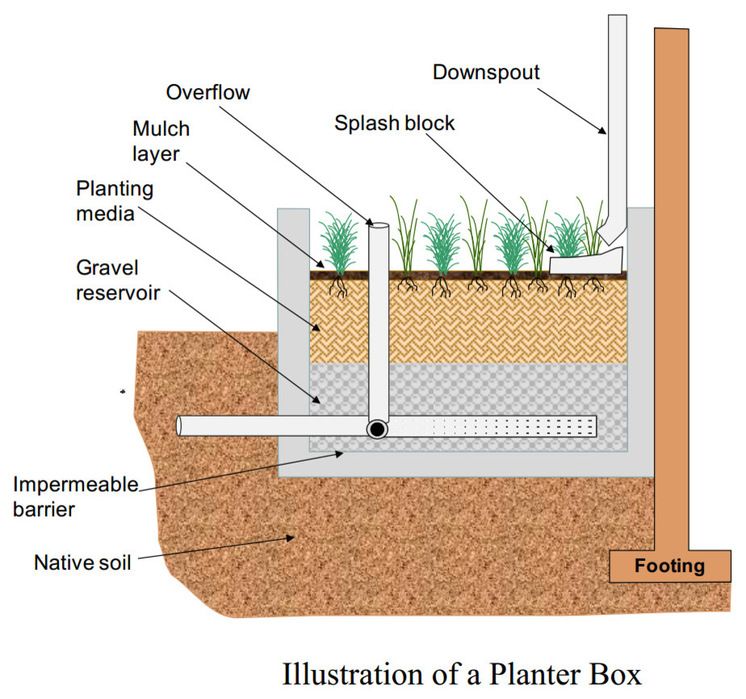
Osaka planter in five sizes, the Boulevard range, IOTA Garden
(Image credit: IOTA Garden)
‘On a large terrace or patio, sometimes one or two large planted containers suited to the scale can have much more impact than several smaller ones, which may look insignificant or a little fussy,’ says the team at planter specialists IOTA Garden .
‘If you are looking to plant a tree or large shrub in a container, be sure to pick one that is large enough to accommodate the tree as it grows, so you do not need to re-pot it after a couple of years. If there's plenty of space around the trunk, you can add interest by underplanting with low-growing grasses or add some seasonal color.’
9. Guide the eye with a pair of planter boxes
(Image credit: Arthur Jack)
Nothing says grandeur better than walking down a garden path or terrace flanked with identical containers. Punctuating the walkway at regular intervals, they instantly lend a formal and rather European note to a yard without visually dividing off the space.
Sticking to the same container and planting scheme is key to maximizing this space-stretching effect. Opt for a dreamy combination of tall standard pink roses in galvanized steel planters to strike a romantic note or try over-sized terracotta flowerpots with sky-soaring cannas or phormiums for pure Mediterranean charm.
10. Fill a planter box with homegrown produce
(Image credit: Suttons)
Not just for blooms, planters are ideal for raising a crop of delicious veggies. Homegrown pole and bush beans, carrots, cukes and peppers will all happily thrive in a container as long as there is adequate drainage and rich soil.
Depending on your available space and choice of container you could stick to one crop per container. A minimum depth of 6 inches (15cm) is enough for most crops – although some root crops prefer more – but aim to go as big as you can. Not only will this mean less watering, but it can help reduce crop stress resulting in healthier and more flavorsome produce.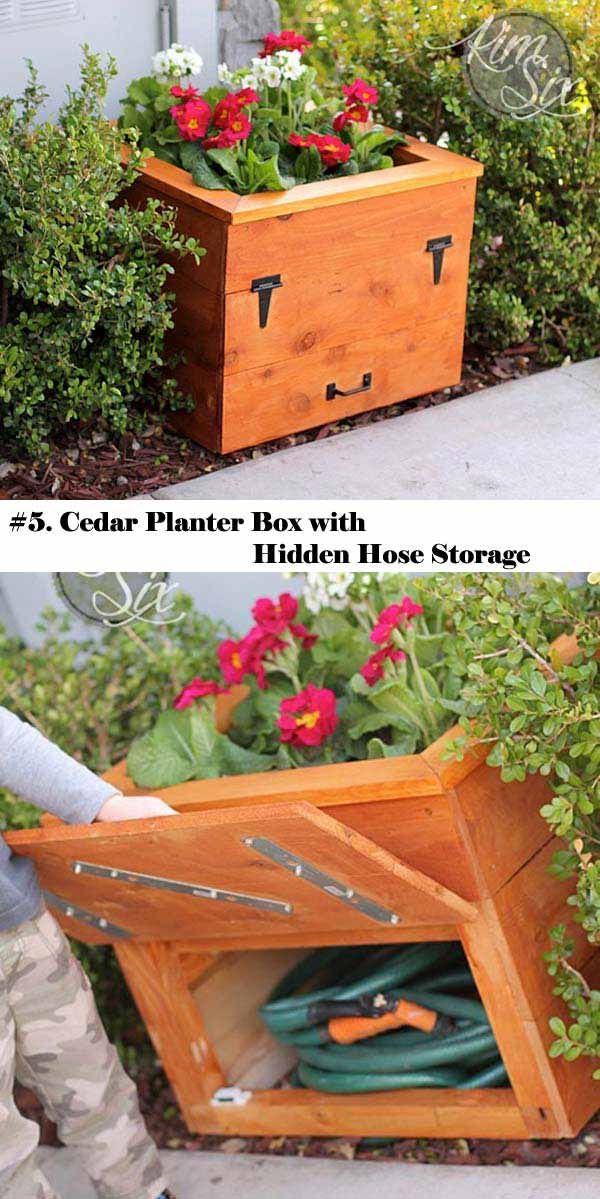
A large rectangular planter doubles as a mini veg garden. Look to arrange crops in strict rows for traditional homestead charm or try a more decorative approach mixing in beneficial flowers – such as marigolds, nasturtiums, and alliums – which also keep pests at bay.
What should I line my planter box with?
Liners are only really needed for wooden or metal planters. In both cases having wet soil against the sides of the container will cause rot or rust to develop over time, weakening it. Cover the inside with a layer of thick plastic sheeting – making sure to pierce several drainage holes at the base – before filling with soil and adding the plants.
How can I fill a super-sized planter box?
Filling a very large container completely with compost not only makes it impossibly heavy to move without bringing in serious lifting equipment, but it can prove very expensive, too.
Instead, bulk out the bottom third of the planter with lightweight material that will also aid drainage.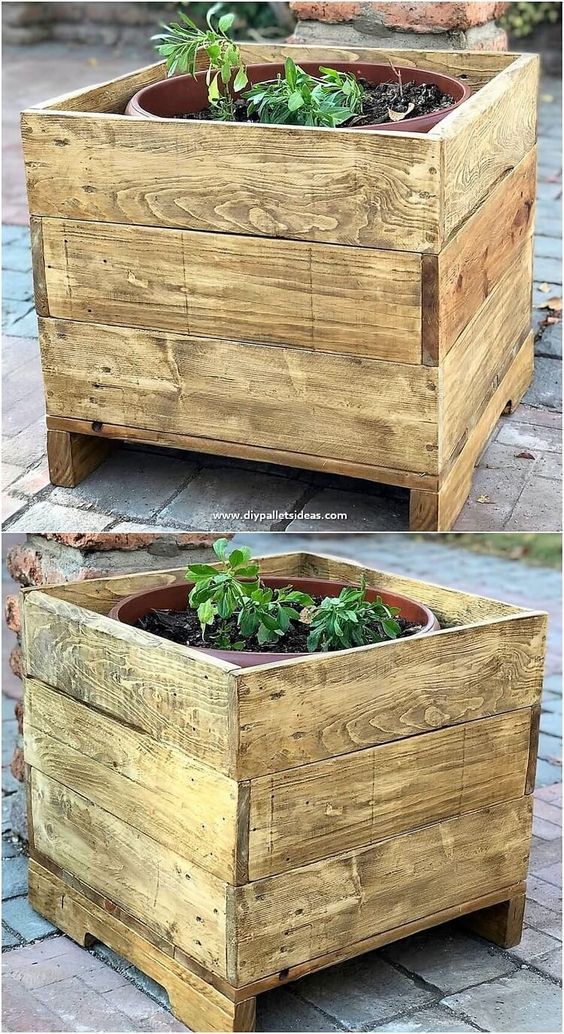 Plastic take-out plastic containers, milk jugs, empty detergent bottles, spare plastic plant pots and plant trays all work well.
Plastic take-out plastic containers, milk jugs, empty detergent bottles, spare plastic plant pots and plant trays all work well.
How do I pick a planter in front of my house?
Getting the scale and style of a planter right for your home’s front yard is key to creating a stunning first impression. Think about key sight lines and positions and work out how high the container and plant need to be to make a real statement.
Choosing a planter that mirrors an element of your property’s exterior – it could be the color of the front door, timber shingles or stonework – is a great trick for creating a smart, cohesive look. Consider whether you want the planting or the container to be the real feature – neat topiary spheres and cones work well planted in an ornate design, while robust industrial-style planters suit finer and more delicate flowers and grasses.
Planter Box Plants: The Top 19 Best Plants for Container & Planter Boxes
With thousands of plants to choose from for your backyard container gardening, it’s a daunting task to narrow down your list to only 20! The choices are endless but some of the best choices for container & planter boxes are space saving fruits, veggies, and flowers.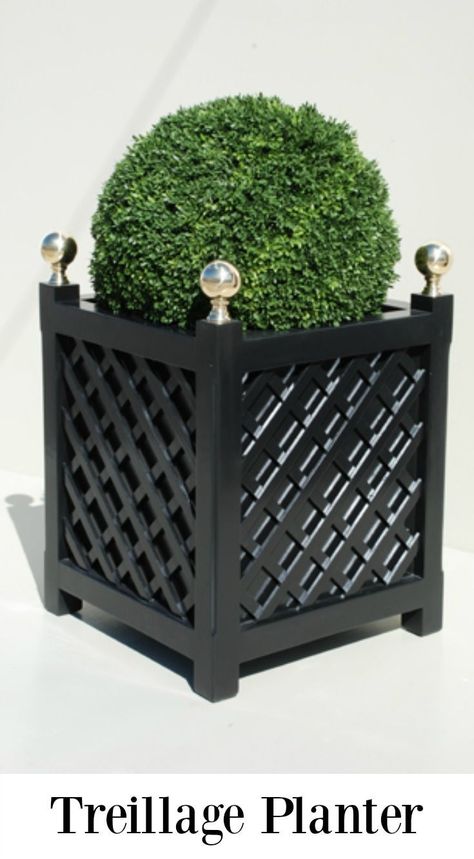 If you’re blessed with a backyard bathed in sunshine, you’ll have a variety of plants to choose from. If your backyard has has limited sunlight, enhance your garden boxes with wheels and roll on into your yard’s sunniest spot – or opt for one of the many shade-loving blooms!
If you’re blessed with a backyard bathed in sunshine, you’ll have a variety of plants to choose from. If your backyard has has limited sunlight, enhance your garden boxes with wheels and roll on into your yard’s sunniest spot – or opt for one of the many shade-loving blooms!
Looking for planter box plant ideas to brighten your porch, patio, pool deck, or backyard patio structure? Wishing you could step outside and grab a fresh-picked handful of green beans for dinner? Planter box plants can be delicious or delightful whether it’s colorful blooms or juicy tomatoes. Top picks for your spot will depend on the amount of sunlight, first and last frost dates, and simply what you’d most enjoy growing!
Are you leaning towards edibles in the fruit category? As you map out your edible plants, strawberries, blueberries, or raspberry bushes top the list for fan favorite planter box fruits.
Other fruits that don’t require a lot of space initially are lemon and lime trees or dwarf apple trees. These may need to be transplanted during the next season, but you’ll be able to enjoy the beauty and taste of your harvest right away!
These may need to be transplanted during the next season, but you’ll be able to enjoy the beauty and taste of your harvest right away!
Find out some of the best plants to plant for your local climate and then choose a couple of your favorites, and pair them with compatible companion plants.
What to Plant in Planter Boxes for the Kitchen TableThe vegetable family has a much more extensive list of plants to choose from for container gardening. The size planter boxes you’re using for your raised garden will determine which vegetables you can plant for your backyard raised garden.
Herbs don’t require quite as much space, so if you have a small cedar planter box you could grow a decent size harvest of herbs to use in cooking. Parsley, mint, and basil are the top herbs planted for home cooked recipes. Fresh cilantro is also a palate pleaser and used in many dishes! Pair that with some home grown tomatoes and lettuce and you’ve got yourself a yummy salad that’s fresh picked.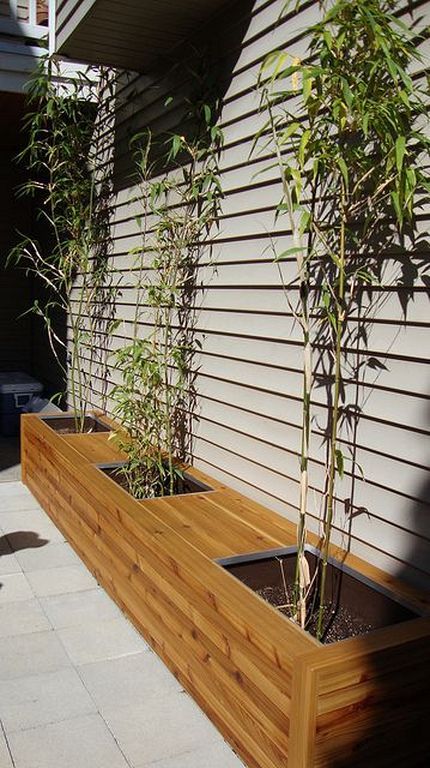
If you are planting in the veggie or fruit category, you’ll want to make sure the type of wood is suitable for planting edible plants.
There are extensive choices for all types of plants, but blooming plants are so plentiful it’s often hard to decide!
Top 20 Planter Box Plants for Backyard GardeningThere are so many beautiful blooms to choose from when planting a flowerbed, container garden, or planter box! We’ve tried to narrow the list down and broke it down into edible and flowering. Here are our top 10 for fruits & veggies and top 10 for flowers, but don’t limit your choice to these. Have fun and make it pretty!
Top 10 fruits & veggies for planter boxes are picks that can be grown in a variety of climates. Are any of these on your list? Maybe you’ll try some during your next gardening season.
- Basil
- Blueberries
- Green beans
- Parsley
- Peas
- Peppers
- Potatoes
- Radishes
- Strawberries
- Tomatoes
When gathering the top 10 flowering plants, we noticed that the top blooming planter box plants also show up on lists as hearty plants for pots or gardens.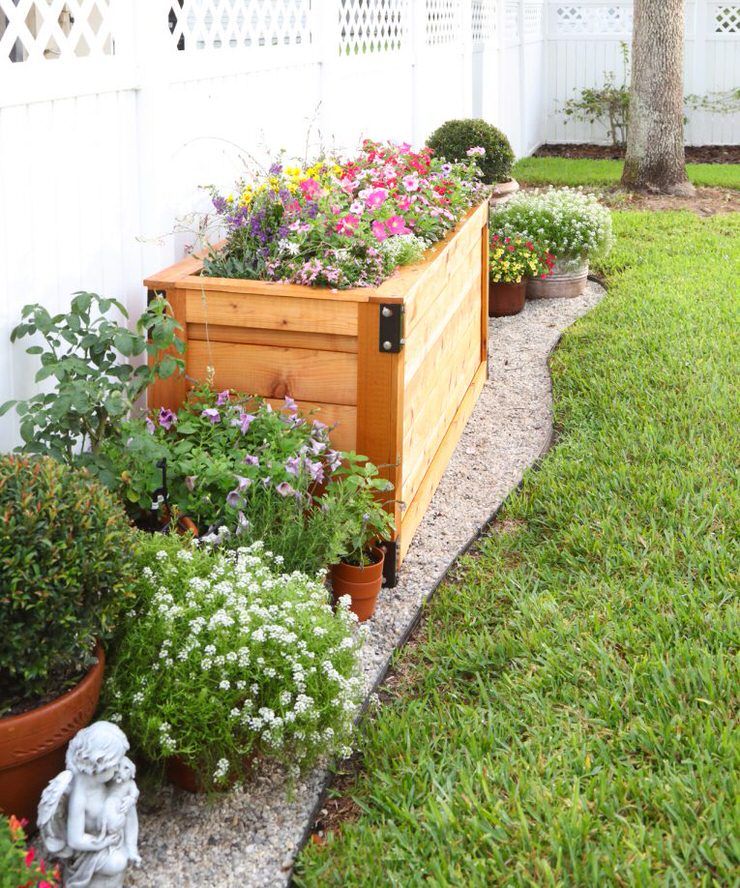 Many also are butterfly favorites! Are any of these your favorites too? Many of these are time-tested annuals that will thrive in many parts of the country!
Many also are butterfly favorites! Are any of these your favorites too? Many of these are time-tested annuals that will thrive in many parts of the country!
- Begonia
- Celosia
- Coleus
- Creeping phlox
- Geraniums
- Impatiens
- Marigolds
- Petunia
- Salvia
- Zinnia
If you’ve already built your planter boxes or are planting in pots, this is a quick way to add some color to your backyard patio, your front porch, or underneath your pergola on your pool deck. Still in the planning stages for getting your garden going?
Sketch out your vision and put your plan into action! Or maybe you’re looking for a new DIY project to tackle that results in a pretty new view out your window each morning.
There are many plants that’ll make you smile when you look out your window each morning. We hope you find a couple new favorites when you browse all the brightly colored blooms out there that are ready to plant! During your search, you might also find a combination that makes you think of someone special that you’d like to share your new hobby with as a gardening gift or to include as a helper in planning your planter box project!
How to Plan a Planter BoxHere are a couple simple steps to find a home for your planter box plant ideas.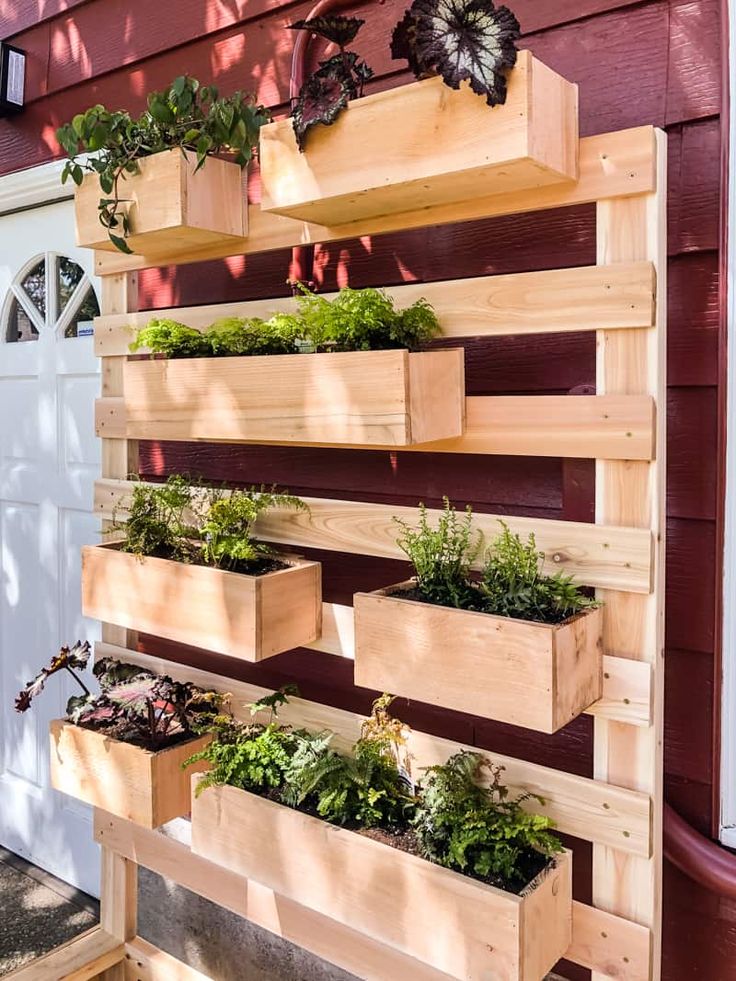 Some of the best planter boxes are those that are already measured and cut for you to assemble! A planter box kit that’s pre-measured & cut with steps to put together is a great way to get started. It’ll satisfy your DIY urge but also take some of the guesswork out of having the right size wood for your garden box.
Some of the best planter boxes are those that are already measured and cut for you to assemble! A planter box kit that’s pre-measured & cut with steps to put together is a great way to get started. It’ll satisfy your DIY urge but also take some of the guesswork out of having the right size wood for your garden box.
Then you can spend more of your time choosing the soil and plants for your patio garden.
First, check out the space you have available for growing your garden box plants. Do you have a sunny spot chosen? If so, take some quick measurements so you’ll know how much space you have and what size box will fit.
Second, decide on generally what types of plants you want to grow. Will they grow tall or wide? This will determine what size boxes you’ll want to build for your backyard garden. If you’re building large planter boxes to hold your garden, be sure to think about the placement before you fill the boxes with soil and plants.
Lastly, and I think the most fun – pick your plants! Will you have a colorful array of blooms in your wooden garden boxes, or luscious fruits to enjoy with your morning coffee? Perhaps you can have one with brightly colored flowers and one for growing a nice crop of salad greens?
Hope you enjoy adding some edibles or colorful plants to your planter box and other containers!
Ideas for using indoor flowers in the interior
For the home We are all used to seeing flowers, but few people think that they are also an indispensable attribute when you are working on the interior of your apartment or house.
Planner 5D
• 7 min read
For many of us, plants in the house have long become something ordinary and familiar: all kinds of violets and cacti are frequent guests on the windowsills, and fresh flowers often decorate the table after a holiday. Someone buries lemon seeds in the hope that they will grow into real trees, someone puts whole palm trees, which are sometimes passed down from generation to generation. We are all used to seeing flowers, but few people think that they are also an indispensable attribute when you are working on the interior of your apartment or house.
First, having flowers at home improves health. Not only do they produce oxygen, but they can also increase humidity, so we can breathe more easily and feel better.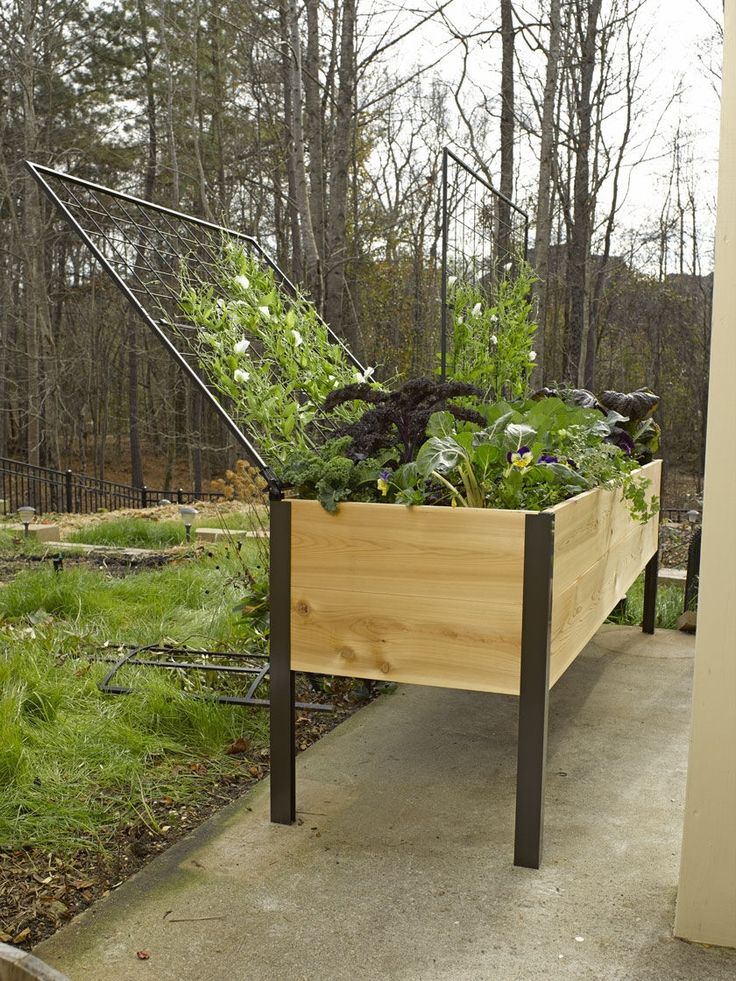 Secondly, both the plants themselves and well-chosen pots and places for them will allow the room to sparkle with new colors. To do this, it is not necessary to put the flower somewhere on the windowsill, you just need to find the location in which it will look perfect in your opinion.
Secondly, both the plants themselves and well-chosen pots and places for them will allow the room to sparkle with new colors. To do this, it is not necessary to put the flower somewhere on the windowsill, you just need to find the location in which it will look perfect in your opinion.
Thirdly, according to scientists, the green color has a good effect on the emotional state of people. It is much easier to calm down if there is something of this shade in the room, or to avoid stress altogether.
Fourthly, a plant can cover up some kind of defect, for example, a hole in the wall or any other thing that you would prefer to hide from the eyes of other people. But how to make indoor plants not only benefit from color and oxygen, but also look very stylish?
7 stylish tips to improve your interior with indoor plants
Find the right pot for your interior and plant a flower of the right size in it
If you are puzzled by the search for a pot, you will be shocked by how many there are.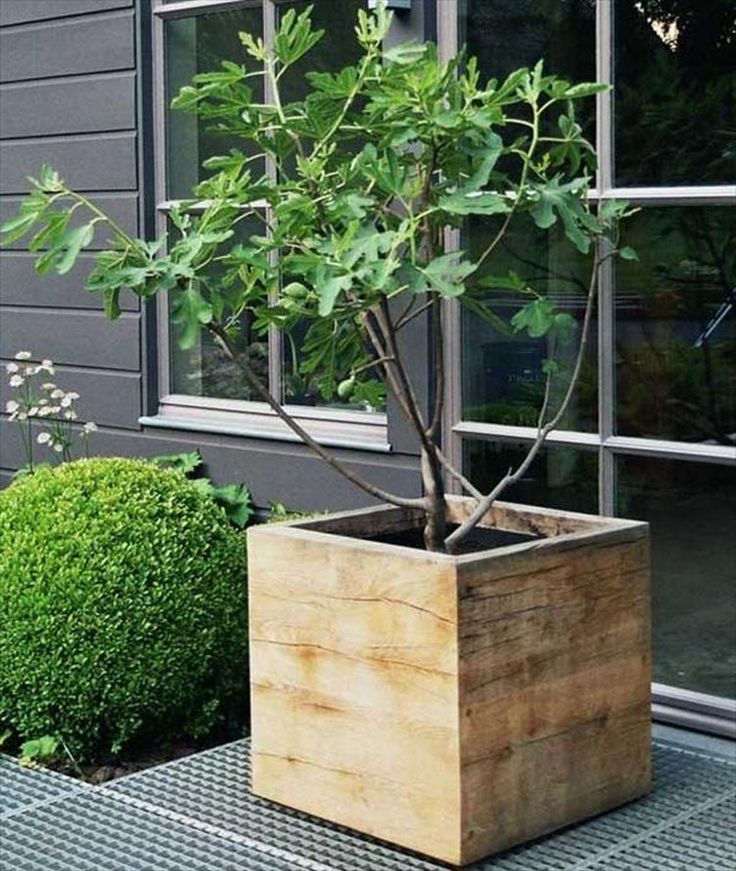 Wooden, ceramic, even metal, and even absolutely any shape up to triangular. If you know exactly which room you need a flower in, then it will not be difficult to choose a pot for it. If your interior consists of light beige shades and gives the impression of absolute comfort, then the pot should be beautiful, but light and minimalistic.
Wooden, ceramic, even metal, and even absolutely any shape up to triangular. If you know exactly which room you need a flower in, then it will not be difficult to choose a pot for it. If your interior consists of light beige shades and gives the impression of absolute comfort, then the pot should be beautiful, but light and minimalistic.
You can choose one that will match the shades of your interior, but you can also choose something harmonious, but slightly contrasting, for example: a coffee pot or lavender. If your apartment is in a loft style and you prefer dark colors, then you can take a wooden or even metal pot, the main thing is that it fits into your style. Choose dark or, conversely, light, but not completely white. If you add something bright to your interior (for example, in a bright room you hang red picture frames or make a red kitchen), then the pot can be bright (in the case of an example, it will be red). Once you have decided on the pot, you need to choose a plant.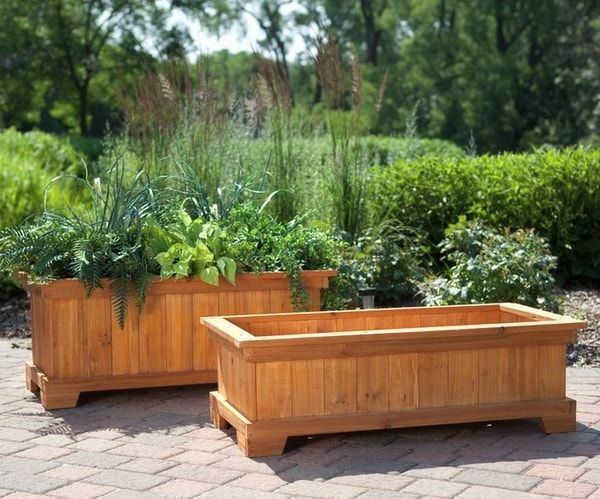 Try to pick one that will immediately match the size of the pot. If you bought a huge pot and want to put it near the sofa, then it makes sense to plant a beautiful large palm tree in it. If you plan to place the flower on the shelf and the pot is small, but you can also choose a miniature plant. Check with the seller to understand what size pot is needed for the flower you have chosen.
Try to pick one that will immediately match the size of the pot. If you bought a huge pot and want to put it near the sofa, then it makes sense to plant a beautiful large palm tree in it. If you plan to place the flower on the shelf and the pot is small, but you can also choose a miniature plant. Check with the seller to understand what size pot is needed for the flower you have chosen.
If you don't want to put a flower anywhere, you can... hang it up
One of the most unexpected, but quite often applicable ideas. You still need to choose a beautiful pot, as it will definitely be in full view of both you and the guests. But the most interesting thing is the choice of location in this case. You can hang it directly from the ceiling if you can attach the hook to the ceiling. An alternative option is to attach a hook to any cabinet, and hang a pot on it with a rope or chain. The main thing to remember is that with this idea, those plants whose leaves hang down are suitable, otherwise it will look tasteless. And, of course, take care of how you will get to the plant in advance to water it or check the ground.
And, of course, take care of how you will get to the plant in advance to water it or check the ground.
Another unusual, but no less stylish arrangement of the plant - the wall
If your interior allows you to place a houseplant on the wall, then the whole apartment is guaranteed to transform. This idea looks especially good if you choose a wooden pot, especially a rectangular one, as this shape is easier to fix and blends harmoniously with the corners of the room. You can even arrange several of these pots in the same room for the integrity of the composition. The main thing is to carefully water the plants, because if the water spills, then there is a chance that a mark will remain on the wall. But you can always reduce the risk by choosing a plant that requires infrequent water consumption.
Make an entire flower arrangement in one part of the room
Making a real green corner is a great idea for almost any interior. Remember that this advice should only be taken if the plants will not occupy more than 20% of the room, that is, either the room should be roomy enough, or the composition should consist of several small flowers. Ideally, you can buy pots from the same series, but slightly different colors or the same color, but different shapes, or you can leave them the same color. Moreover, in some cases, flowers in different pots are perfectly combined, but you should not overdo it, otherwise the room will turn into a biology study. The main rule is that all pots should be placed in one part of the room, and not scattered around the entire perimeter. Only in this case, this idea will look stylish. Do not forget that in this advice a great role is given to a sense of proportion and accuracy.
Ideally, you can buy pots from the same series, but slightly different colors or the same color, but different shapes, or you can leave them the same color. Moreover, in some cases, flowers in different pots are perfectly combined, but you should not overdo it, otherwise the room will turn into a biology study. The main rule is that all pots should be placed in one part of the room, and not scattered around the entire perimeter. Only in this case, this idea will look stylish. Do not forget that in this advice a great role is given to a sense of proportion and accuracy.
Use fruit trees
Of course, burying an orange seed, even in a beautiful pot, is not a great solution for creating an unusual interior, since at best you will get a green sprout. But buying a beautiful miniature tree with fruits is a great idea, especially since you can find a huge number of options. Give preference to something unpretentious, so that it is easy to care for it, since fruit trees do not grow in all regions. This choice will freshen up your home and maybe help you feel something summery inside.
This choice will freshen up your home and maybe help you feel something summery inside.
Consider vertical or horizontal landscaping if that suits the style of your home
Everyone clearly imagines how a vine can wrap around the wall of a gazebo or house. In fact, according to a similar principle, you can green an entire wall in your apartment. There are many options: you can cover part of the wall with plants ranging from moss to leaves, or you can place them in such a way that they wrap around the lattice installed instead of the wall. There is no limit to the imagination in this matter, so just imagine what you would like to see ideally. You can think of both vertical and horizontal gardening.
Do not be afraid of non-standard solutions and buy unusual plants
No matter how trite it may sound - decide on something new. Choose custom-shaped pots, wrap flowers around a window frame, buy the most unusual plants - take on whatever you like. A unique flower will give your home a specific and interesting look, will interest any guest and will pleasantly surprise you every time. You can buy a beautiful African palm tree that, with a certain amount of sunlight, allows unusual flowers to bloom on it, or you can find an interesting miniature cactus that will become more amazing as it grows. But besides this, do not forget that the most ordinary plant can be beaten with an unusual pot.
A unique flower will give your home a specific and interesting look, will interest any guest and will pleasantly surprise you every time. You can buy a beautiful African palm tree that, with a certain amount of sunlight, allows unusual flowers to bloom on it, or you can find an interesting miniature cactus that will become more amazing as it grows. But besides this, do not forget that the most ordinary plant can be beaten with an unusual pot.
What should be kept in mind when choosing indoor plants?
The main thing that you should never forget is that when placing indoor plants, you should not use any patterns and stereotypes. For example, flowers can stand not only on the windowsill, but in general it makes no sense to hide them on the windowsill behind the curtains. Moreover, we are used to placing flowers in the living room or bedroom, but how beautiful they look in any other room! Try placing a pot of houseplant somewhere on the kitchen shelf (but not over the stove, so that droplets of fat from the pan do not reach the leaves).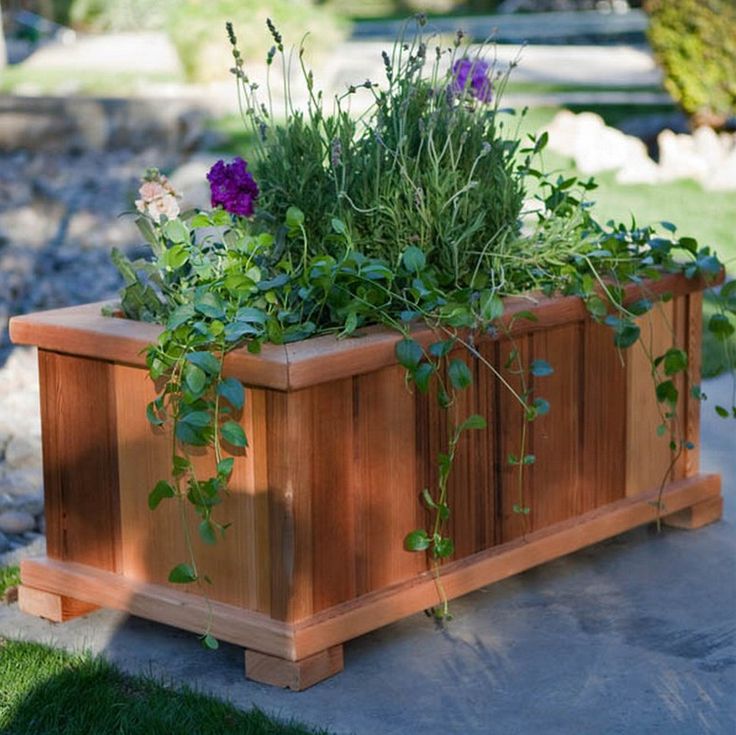 You will see that from a boring place where you need to prepare food, the room will turn into something much more comfortable and stylish. Still, everyone is used to putting fresh flowers in a vase in the center of the table, and few people do something similar with indoor plants. Besides the kitchen, people rarely put plants in the bathroom, although this could be called the height of aesthetics. Just imagine this feeling when you relax in the bath, and there is a beautiful palm tree nearby. You should not limit yourself to frames, choose plants and places for them based on what and where you would like to see, even if it is unusual.
You will see that from a boring place where you need to prepare food, the room will turn into something much more comfortable and stylish. Still, everyone is used to putting fresh flowers in a vase in the center of the table, and few people do something similar with indoor plants. Besides the kitchen, people rarely put plants in the bathroom, although this could be called the height of aesthetics. Just imagine this feeling when you relax in the bath, and there is a beautiful palm tree nearby. You should not limit yourself to frames, choose plants and places for them based on what and where you would like to see, even if it is unusual.
But one thing you shouldn't forget is that some plants love shade, while others cannot do without light. So before choosing a location for a plant in a room, carefully study who needs what kind of environment, otherwise problems may arise and the flower will simply die. Pay attention to which windows the direct rays of the sun fall into which points of the room, where there is always a shadow, as well as all other indicators in order to know exactly the best locations for each selected plant.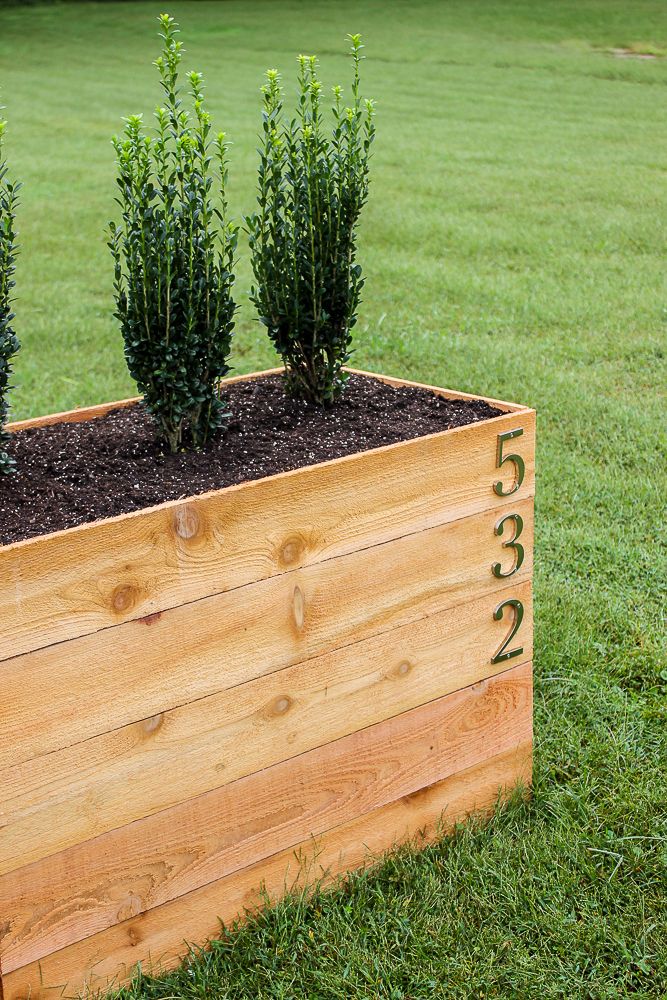
Before buying a plant, find out under what conditions it grows at home. Not all plants are unpretentious: many need not only a certain amount of light, but also a specific level of moisture and other components. For example, choosing a bonsai as a houseplant is a great idea, but taking care of it is sometimes more difficult than caring for a child, since this tree requires constant attention and does not forgive any mistakes. Don't rush to buy.
Life without plants is possible, but not entirely useful and beautiful. Go to the store and see what you might like, but do not forget to find out everything about the living conditions of this plant in order to immediately understand if there is a good place for it in your apartment. The second option is to study all the color ratings on the Internet according to the criteria that you need. Perhaps you want a plant that filters the air the best, or you want to find the most beautiful indoor palm tree. Choose - study - order. But most importantly, do not forget that you can use plants in the interior in a variety of ways, you only need good taste and courage.
8 Cool Ideas - INMYROOM
Interior Decor
Upside-Down Planters, Minimalistic Flora Cubes, Aqua Farm, Phytowall and some more Incredible and Stylish Ways to Add Live Greenery to Your Interior
Do you still arrange flower pots on windowsills the old fashioned way? We have found eight new ways to break away from this familiar scenario and make indoor plants a decoration of the interior. Get ready to be amazed!
1. Inverted pots
In addition to the wow factor of hanging upside down plant pots, there are practical benefits. Such flowerpots perfectly save space and allow you to grow fresh herbs for salad even in the smallest kitchen.
2. Two in one: plants and lighting
Modern interiors are becoming more technologically advanced and decor more practical. A stylish indoor plant combined with a lamp is a great example of the harmonious combination of several functions in one item.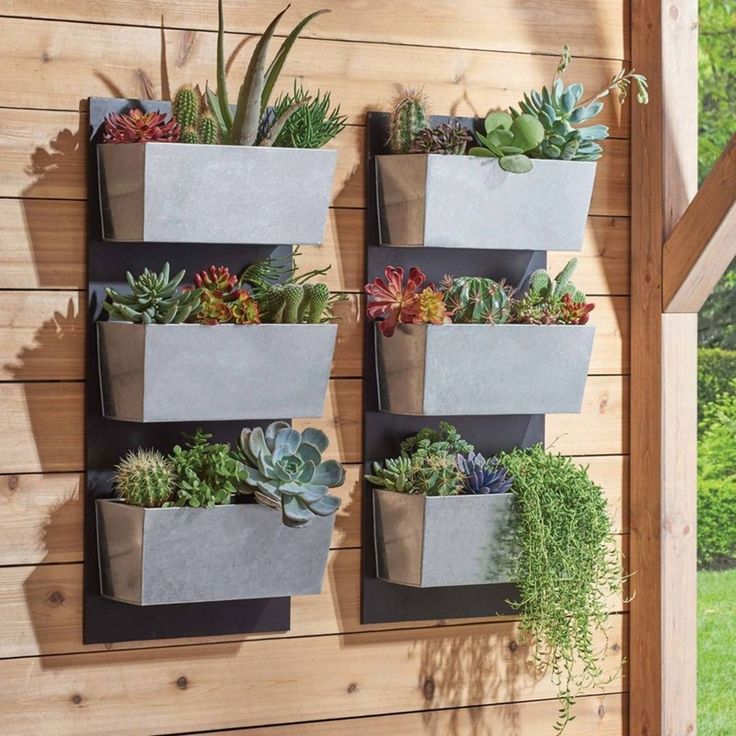
3. Flora cubes
Transparent flora cubes with colored edges are a prime example of how an ordinary houseplant can become a real design element of decor, combining style, aesthetics and practicality. The minimalistic design makes the solution versatile, suitable for any interior. And multi-level drainage protects the roots from excess moisture and allows you to water the flowers less often.
4. Aqua Farm
Another 2-in-1 solution is the Aqua Farm, which combines an aquarium and miniature plants. Such a system is not only original, but also self-sufficient: it allows you to do without watering and fertilizing indoor flowers, as well as without cleaning the aquarium. The secret is that the waste products of the fish nourish the roots.
5. Phytowall
Phytowalls, which are gaining popularity, are a powerful decorative technique and a significant contribution to a comfortable indoor microclimate. If desired, you can equip such a wall with lighting, automatic watering, and even connect it to the "smart home" system.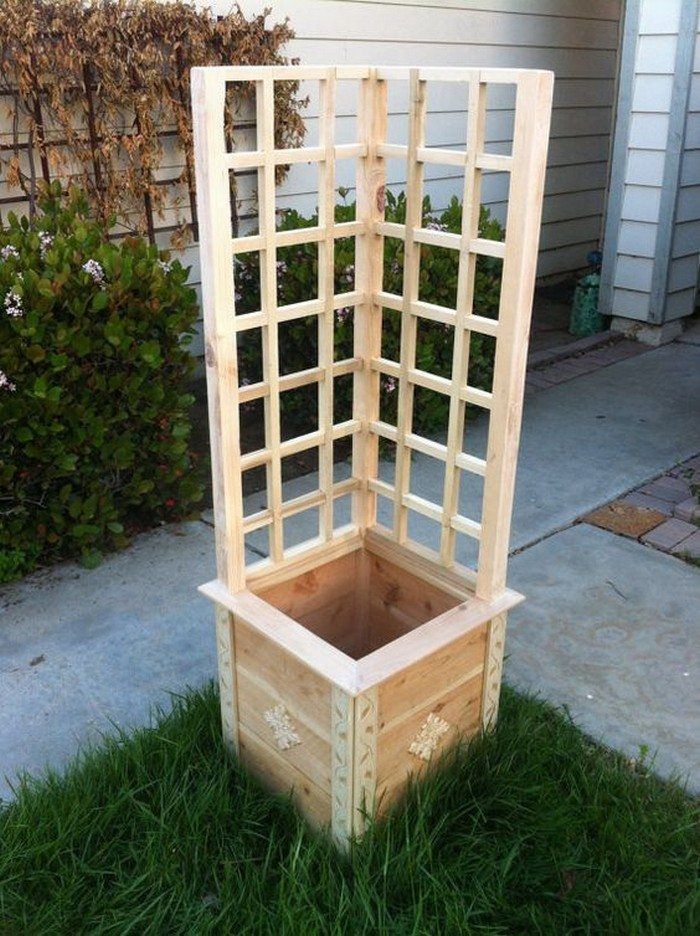
6. Special stands for flowers
A simple but effective solution to organize a "green corner" in a city apartment is special stands, pedestals, pedestals for flowers.
7. Hanging pots
Hanging planters in a variety of sizes are a great alternative to window sill pots. Transparent models with plants that do not need soil look especially impressive.
8. Mini planter
Fans of elegant solutions will surely appreciate the neat and unusual mini planters, which will find a place even in the tiniest corner of the apartment. Models on magnets can be placed on a refrigerator or magnetic boards, making up an original phytocomposition.
Pro's opinion: what to look for when choosing plants
It is difficult to find a house where there are no plants: from flowering specimens to cacti. But often they look ordinary and boring. What to look for when landscaping an apartment in order to create a stylish interior - says an expert from Vibe Life Technologies.
1. Appearance
Choosing a beautiful flower is not always enough, you also need to think about the design of the pot. Plastic pots in white or brown are associated with the window sills of hospitals, offices - they definitely do not belong in your home. Pay attention to more interesting and modern models: from concrete planters to transparent pots.
2. Farm use
Opt for plants that not only look good, but also taste good. Surely you have seen Citrus Calamondin on sale - these small trees, by the way, are not only decorative. Their fruits can be eaten on the 3rd fruiting. Or maybe you want to grow a lemon at home and drink fragrant tea with it? All in your hands.
3. Health Benefits
If you don't know which plants to give preference to, choose those that release more oxygen: betel palm, spathiphyllum, sansevieria, ficus. Of course, the effect is not the same as from a walk in the forest, but we, the inhabitants of the metropolis, benefit from this.